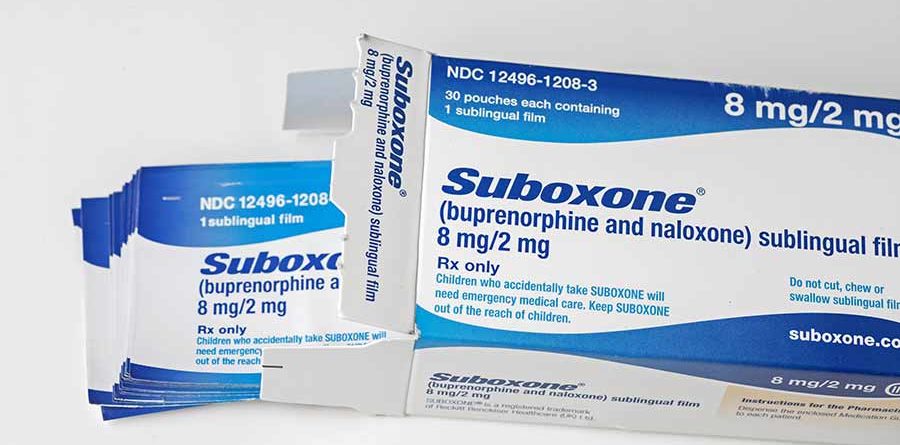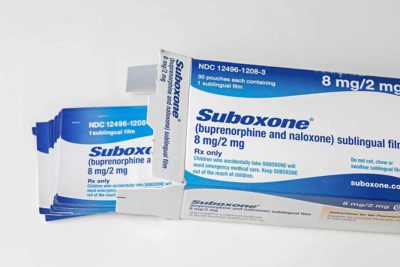Prescription Opiate Detox: What to Expect from Withdrawal and Recovery
Sometimes what you don’t know can be the very thing that prevents you from getting help. That can be true for those considering professional detox and treatment for prescription opiates. These painkilling medications, in the form of doctor-prescribed narcotics like oxycodone, hydrocodone, and fentanyl, are fueling what’s reportedly the biggest, deadliest drug epidemic in U.S. history.
Fears about the withdrawal process can be one obstacle to finding freedom from opiate addiction. So can concerns about the success rate for opiate recovery. Here opiate addiction experts on the frontlines of detox and recovery have contributed authoritative, firsthand knowledge to help answer these concerns and others.
Symptoms of Opiate Withdrawal
Opiate withdrawal refers to the wide range of symptoms that occur once heavy and/or prolonged use of opiates ends. The intense cravings associated with withdrawal are one notorious feature of opiate addiction. These tend to peak in early withdrawal but can linger for months and even years.
Other symptoms during early withdrawal can include the following:
- Agitation
- Anxiety
- Increased tearing
- Insomnia
- Runny nose
- Sweating
- Yawning
- Joint and muscle aches
This last early withdrawal symptom, painful joint and muscle aches, can often convince an opiate user that they are experiencing the same old medical problem for which a painkiller medication was originally prescribed. This misperception can be harmful in the long run; it can prolong an untreated opiate addiction, and can, in turn, raise the risks of a fatal overdose.
Symptoms that can appear later in withdrawal include the following:
- Abdominal cramping
- Diarrhea
- Dilated pupils
- Goosebumps
- Nausea
- Vomiting
Evidence-Based Medication and Timelines for Opiate Detox
The above symptoms can be terribly uncomfortable and painful to manage on one’s own, without the help of professional medical oversight and accompanying medications to alleviate withdrawal. A medically managed detox, on the other hand, can help ease these symptoms so that withdrawal is as comfortable and as painless as possible.
This detox experience can look different depending on the rehab facility. At Beach House, for example, the main goal of medically managed opiate detox is to eliminate any pain and discomfort associated with withdrawal, so that the whole process, which for opiates lasts a minimum of six days, is totally symptom-free.
Typically, the time of last opiate use determines when “Day 1” of detox begins. The general rule of thumb is 24 hours after last use, but a “Clinical Opiate Withdrawal Scale” (COWS) helps the medical team assess when detox ideally should begin. The assessment provides an objective tool by which to observe and rate symptoms like resting pulse rate, joint pain, restlessness, tremors or yawning, among other symptoms. A COWS score over 13 serves as a green light for starting detox. (This criterion for starting detox can also vary from one rehab center to another.)
Opiate withdrawal symptoms can set in as early as four hours after last use of an opiate, or as late as 24 hours after last use. This variation in the onset of opiate withdrawal can depend on whether a client was last using a short-acting opiate like oxycodone or a long-acting opiate such as Oxycontin. The length and severity of opiate dependency and the frequency of opiate use are other determining factors.
“Precipitated withdrawal,” or the rapid and intense onset of withdrawal, is another potential reality for opiate users trying to quit—and which a COWS assessment and professional detox can help them avoid. As early as the first day of detox, opiate-dependent clients at Beach House can begin to receive short-term medication assistance that dramatically suppresses cravings and alleviates symptoms. 12 mg of Suboxone (a combination of buprenorphine and naloxone) is often the starting dose, and usually, the administration of Suboxone gradually tapers down at a rate of 2mg/day, as opiates gradually leave the system. (Opiates usually take three to five days to leave the system.) In some cases, long-term Suboxone assistance may also be necessary.
However, if Suboxone-assisted detox and treatment begin too early—while a client may still be experiencing the effects of an opiate, for instance—that can actually cause a precipitated withdrawal reaction. The COWS assessment is therefore critical to evaluating when detox and Suboxone assistance should begin.
Other Evidence-Based Treatments for Opiate Addiction
The introduction of Suboxone on Day 1 of detox can help opiate-dependent clients begin the real work of recovery almost immediately so that as early as their first day of treatment they can be actively participating in evidence-based individual and group therapies for opiate addiction.
Much of this work involves addressing the individual root causes of addiction, which for opiate users are often emotional in nature. Those who have become dependent on opiates are often seeking to dull more than physical pain; they are often attempting to numb painful emotions.
Various behavioral therapies can help untangle the learned associations and patterns of reward and punishment that have fed an opiate addiction. Cognitive behavioral therapy (CBT) can program healthier ways of thinking and act in response to painful emotional triggers, for example. Family counseling, 12-Step support groups and a regimen of long-term residential treatment also evidence better recovery outcomes.
Success Rates of Recovery from Opiate Addiction
Still, recovery from opiate addiction is neither easy nor guaranteed. Like other addictions, opiate dependence is a brain disease characterized by chronic relapse. That may also help to explain why the relapse rate for opiate addiction (at 40 to 60 percent) is on a par with other diseases of chronic relapses, such as asthma, diabetes, and hypertension. And for those in their first year of recovery, the risk of relapse is even higher—as discouragingly high as 90 percent, according to one study by the National Institutes of Health.
Naturally, a high rate of relapse decreases the odds of recovery. The good news is that for those who are able to achieve abstinence beyond the first year of recovery, the success rate of recovery goes up. And after five years of successful abstinence, the success rate of recovery gets higher. The long-term recovery prospects are ultimately far more promising, as a study published in the British Journal of Psychiatry found: in the longer term, the majority of those who adhere to a recovery plan of some kind will eventually become clean and stay sober.


